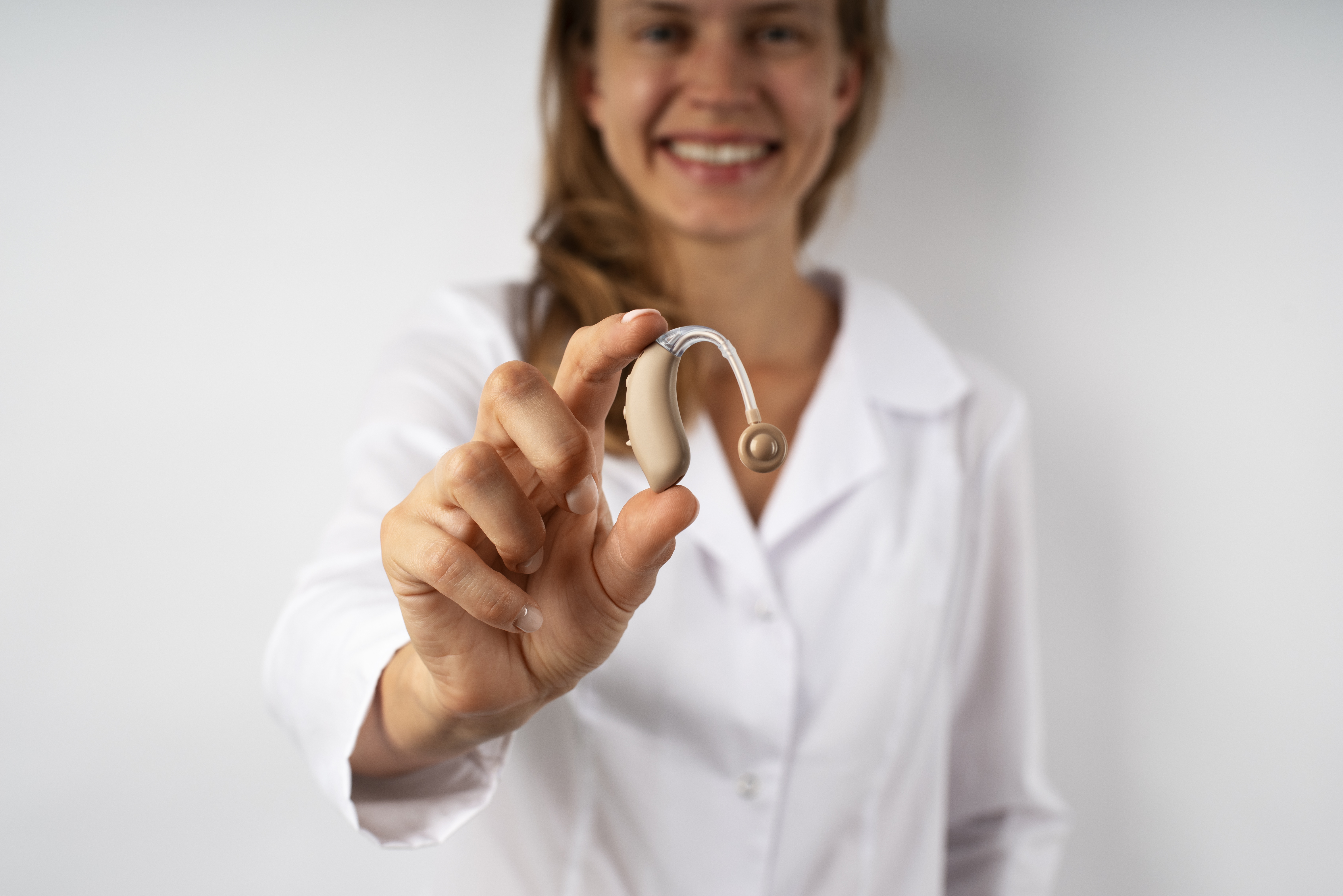Your health care provider may test your hearing with simple tests that can be done in the office. These may include completing a questionnaire and listening to whispered voices, tuning forks, or tones from an ear examination scope.
- Speech audiometry -- This tests your ability to detect and repeat spoken words at different volumes heard through a head set.
- mmittance audiometry -- This test measures the function of the ear drum and the flow of sound through the middle ear. A probe is inserted into the ear and air is pumped through it to change the pressure within the ear as tones are produced.
- Tympanometry -- A measure of the vibration of the ear drum and middle ear pressure.
There are three components of hearing screening: 1) otoscopic inspection, 2) pure tones (PTs) or otoacoustic emissions (OAEs) and 3) immittance screening. All children should be screened with all three components.
Audiometry is a technique used to measure the ability to hear sounds. The process of audiometry is quite simple, consisting of three parts: Mechanical sound transmission (middle ear function) Neural sound transmission (cochlear function) Speech discrimination ability (central integration)
An audiometer is a machine used for evaluating hearing acuity. They usually consist of an embedded hardware unit connected to a pair of headphones and a test subject feedback button, sometimes controlled by a standard PC.

